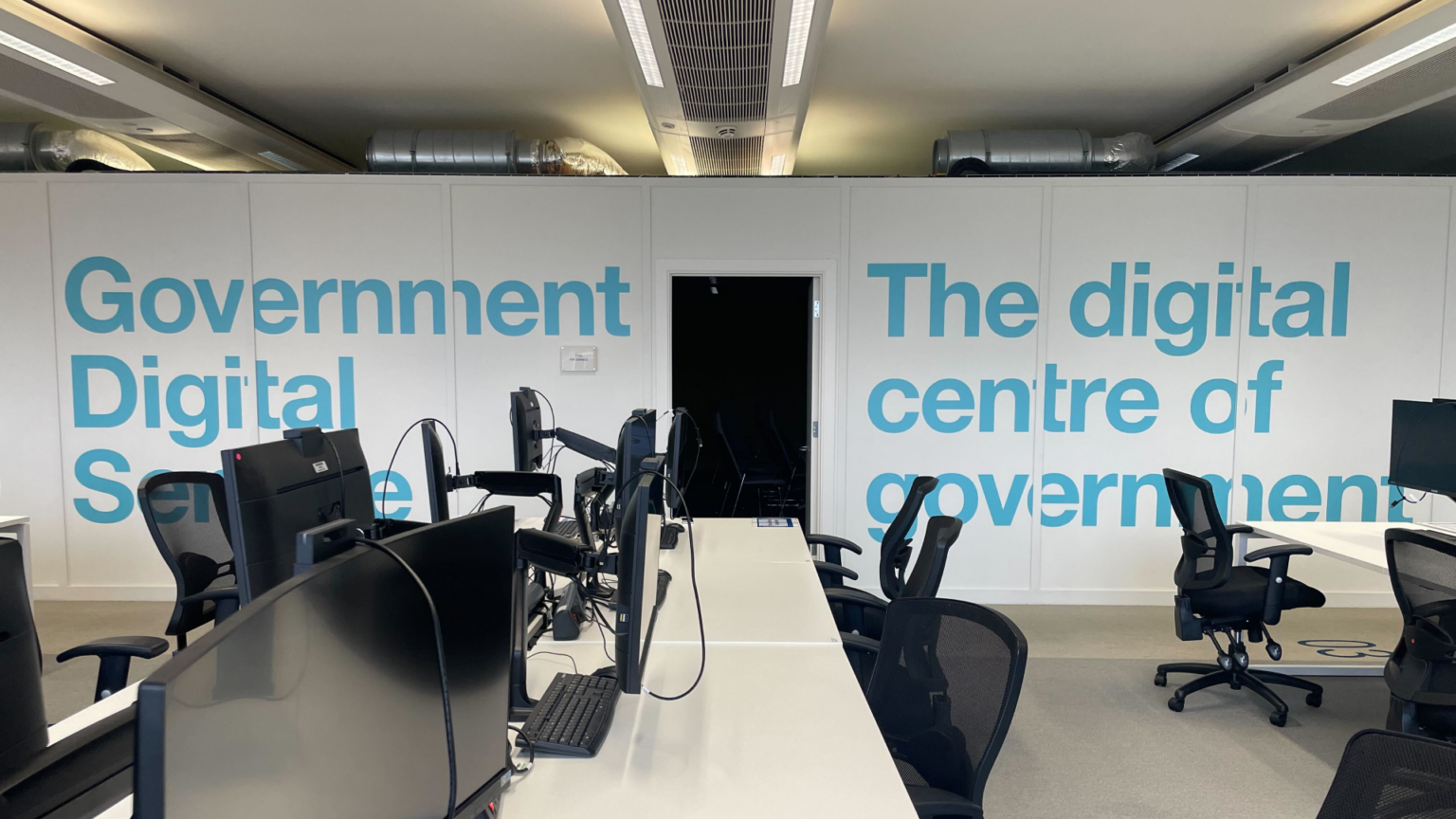Jim Harra tells MPs that any ongoing delays in telephone service are unrelated to homeworking or last month’s major outage
Credit: Tumisu/Pixabay
Officials working from home are not to blame for long waiting times on HM Revenue and Custom’s self-assessment helpline, the department has said.
The Treasury Committee asked HMRC earlier this month if it recognised reports that taxpayers calling the department’s helpline in early January were being kept on hold for hours before being cut off without speaking to any staff – and what steps it had taken to prevent this from happening.
The MPs also asked if the delays were linked to call-centre officials working from home.
Responding in a letter to the committee published this week, HMRC permanent secretary Jim Harra denied staff working patterns were to blame and suggested customers’ actions were instead the reason for long waits.
Harra also denied that a technical issue in early December, which led to HMRC suspending several phones, including the self-assessment line, had any bearing on the January wait times.
The perm sec said helpline advisers can handle calls in the office or at home, which enabled HMRC to maintain customer services during the Covid-19 pandemic, when the government asked people to work at home if they could.
Since those guidelines were lifted, helpline advisers have been offered a hybrid working pattern, which allows them work remotely two days a week.
Related content
- HMRC: 85% of customer service is now digital
- Staff at HMRC in-house IT firm to transfer to BT in £50m network deal
- HMRC picks £5m partner to support programme to ‘transform customer interactions’
“Colleagues are only permitted to work at home if they can carry out their duties effectively there,” Harra said. “We are able to monitor and manage helpline adviser performance whether they are working at home or in the office, and the evidence we have on adviser productivity at home compared with the office shows that the number of callers served per adviser is similar no matter where they are working.”
Instead, Harra said customers’ own actions could speed up waiting times, by using the online service more and not waiting until the deadline nears to file tax returns.
HMRC has estimated 65% of calls to the self-assessment helpline during the two weeks ending 8 January 2023 related to matters that customers could have been resolved online, Harra said.
In December and the first half of January, HMRC’s digital assistant handled approximately 105,000 interactions, providing the answer automatically in more than half of them, he added. For those customers who needed help from an HMRC adviser through webchat, the customer satisfaction rate was 81%, which the department indicate is above industry standard.
“When more customers use our online services, this frees up our helpline advisers to offer a better service for those customers who have more complex queries or are unable to use online services,” Harra added.
The HMRC said said the helpline is always “exceptionally busy” in January in the run-up to the annual January 31 filing and payment deadline for self-assessment tax returns. He suggested customers could also speed up wait-times by not leaving it until the “last minute”.
“Self-assessment customers have a generous ten months after the end of the tax year in which to file their return and pay their tax,” he said. “We encourage them not to leave it until the last minute to do so, particularly if they are not already signed up to use our online services or are likely to have a query.”
However, Harra admitted that this year has been busier than the last: in the two weeks ending 8 January 2023, call volumes were 9% higher than the equivalent fortnight last year, the average call-handling time was 17 minutes compared to 13 minutes, and the average call wait time was 27 minutes compared to 12 minutes.
Harra suggested the reason phone lines are busier in 2023 is because last year, due to the pandemic, the department waived penalties for late returns for up to a month after the cut-off date, in effect extending the deadline to 28 February. This meant that the number of customers calling the phone line was spread over a longer time period, he said.
The HMRC perm sec said the department has redeployed 850 staff from other areas of the department to meet demand ahead of the January 31 deadline. The helpline has also stopped answering queries that agents can resolve online, he added.
In response, Treasury committee chair Harriett Baldwin said taxpayers would “note the advice about checking HMRC’s website first” but added that “it is important that people can reach the taxman if there are unanswered questions and we will continue to seek reassurance that the service can respond to peaks in demand without crashing”.
Early December issues ‘not responsible’
The committee also asked HMRC if the recent delays were connected to December’s outage. On 1 December, the department suspended most of its helpline services after experiencing abnormally high traffic on IT firewalls, which exceeded processing capacity and consequently worsened the performance of digital services.
Harra said the IT incident in early December “is likely to have had a knock-on impact on helpline call demand and service levels in the few days following the restoration of our digital services” but HMRC officials “do not believe this carried forward to early January”.
The direct cause of the incident was later found to be a Proxy Access Configuration change, which HMRC was advised to implement by its supplier, but which appears to have contained a bug, Harra said. The perm sec said there was an immediate improvement in system stability when this change was undone.
Immediately after the ouage, HMRC launched a review of the resilience of its contact-centre system, bringing management consultancy Baringa Partners in to lead the assessment on a three-month contract worth £37,000.
“The root cause of the incident, and the actions required to prevent a recurrence, remain under investigation with the supplier,” Harra said.





Thank you ever so for you blog post. Awesome.